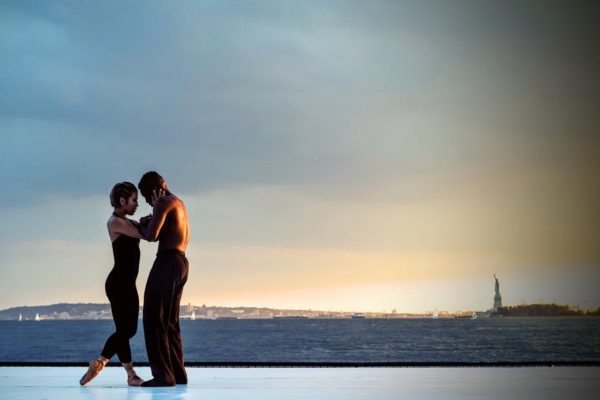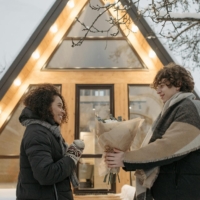
By turning your attention to the other’s experience, love happens.
“How to love?” This ambitious question has been asked as far back in history as our collective beating hearts began. The experience of love, of course, defies description and is so profound that our greatest philosophers and spiritual traditions often regard it as the ultimate truth of life itself.
On a practical level, however, recent decades of research in human bonding, neuroscience, and the study of living systems have revealed common behaviors that we practice when we experience love in our daily lives. This includes love with our partner, our children, or even within ourselves. As Dr. Sue Johnson, psychologist and developer of one of the most proven methods of couples therapy, Emotionally Focused Therapy, has asserted, we now can study, learn, and teach how to love.
This amazing and hopeful development means that we can choose to bring this experience of love into our lives by learning and practicing the moves. Dr. Johnson compares this to learning the steps of a dance; she uses “the tango” as a metaphor for loving interaction.
This post is the first in a series of “love maps” that I’ve gleaned from my mentors, the masters in this field. What I write is verified by my own life experience in relationship, and my ongoing practice. I don’t expect you to adopt a map just because a research team has observed it; instead, my fondest hope is that you test these offerings against your own daily experience with those in your life.
“Turning toward” as an act of love…
These maps of loving behavior share one starting point, put into a simple two-word phrase by Dr. John Gottman, considered by many to be the preeminent relationship researcher of our day: “turning toward.” This refers to the act of turning the focus of our attention toward our partner’s experience. (By the way, this “partner” could be a spouse, a friend, a child, or even your own inner feelings, thoughts, or sensations.)
“Turning toward” sounds simple but often wasn’t modeled in the families we grew up in, no matter how loving their intentions were. Imagine an 8-year-old who comes home from school and, looking unhappy, vigorously complains to a well-meaning parent about someone making fun of her in class. The parent says, “Don’t feel bad! Words can’t hurt you. Let’s have some ice cream!” In an effort to help the child, the parent has inadvertently turned away from his child’s experience.
This response is both problematic and painful. At such times in my own childhood, for example, I would feel a knot in my stomach (our bodies know when something needs attention) and believe I was supposed to feel happy and forget about it. But I couldn’t really forget. There was nothing I could do but think of something else, and by covering up my feelings, I was left with a vague sense of fear, shame, and even anger, which I thought meant that I was bad and wrong. This can be the unfortunate result when someone we care about, parent or otherwise, turns away from our experience.
So, what might “turning toward” look like in this example? Mom or Dad could say, “Ouch, that sounds hurtful! No wonder you look sad. Come here and tell me about it. I wouldn’t like that, either.” No longer alone in her pain, and knowing her feelings are of interest while receiving time and a place to have her experience, the child gets to release her feelings and let them run their course. Then she’ll be ready to get some support in needed skills or problem solving.
In the safe and caring presence of a parent who models turning toward by turning their attention to the experience of the young person, love happens. Problem solving is helpful, but only after the parent connects by turning toward; timing and sequence are key in this realm of loving behavior.
The need for our emotions to be seen and accepted by a caring other starts in infancy and remains a deep need throughout our lives. This is true with our significant other, parents, and even ourselves in relationship to how we attend to self-care. We naturally adopt it—if it was modeled for us. If it wasn’t, then how, except by learning it later, could we know to do this if we never saw it before?
Finally, thanks to the research, all this is possible for us now. This is learnable and can grow in us, as our behaviors are constantly training our nervous systems, even on a cellular level. Neuroscience calls this “neuroplasticity.” And it can all start with “turning toward” our beloved. From this humble beginning we can discover how to love.
In the next article in this series I’ll describe specific things we can do to practice “turning toward.” For now, congratulations! You’ve just taken a huge next step toward a life of love.
 Call Us Now
Call Us Now



